Plan Peru: world wonder Machu Picchu

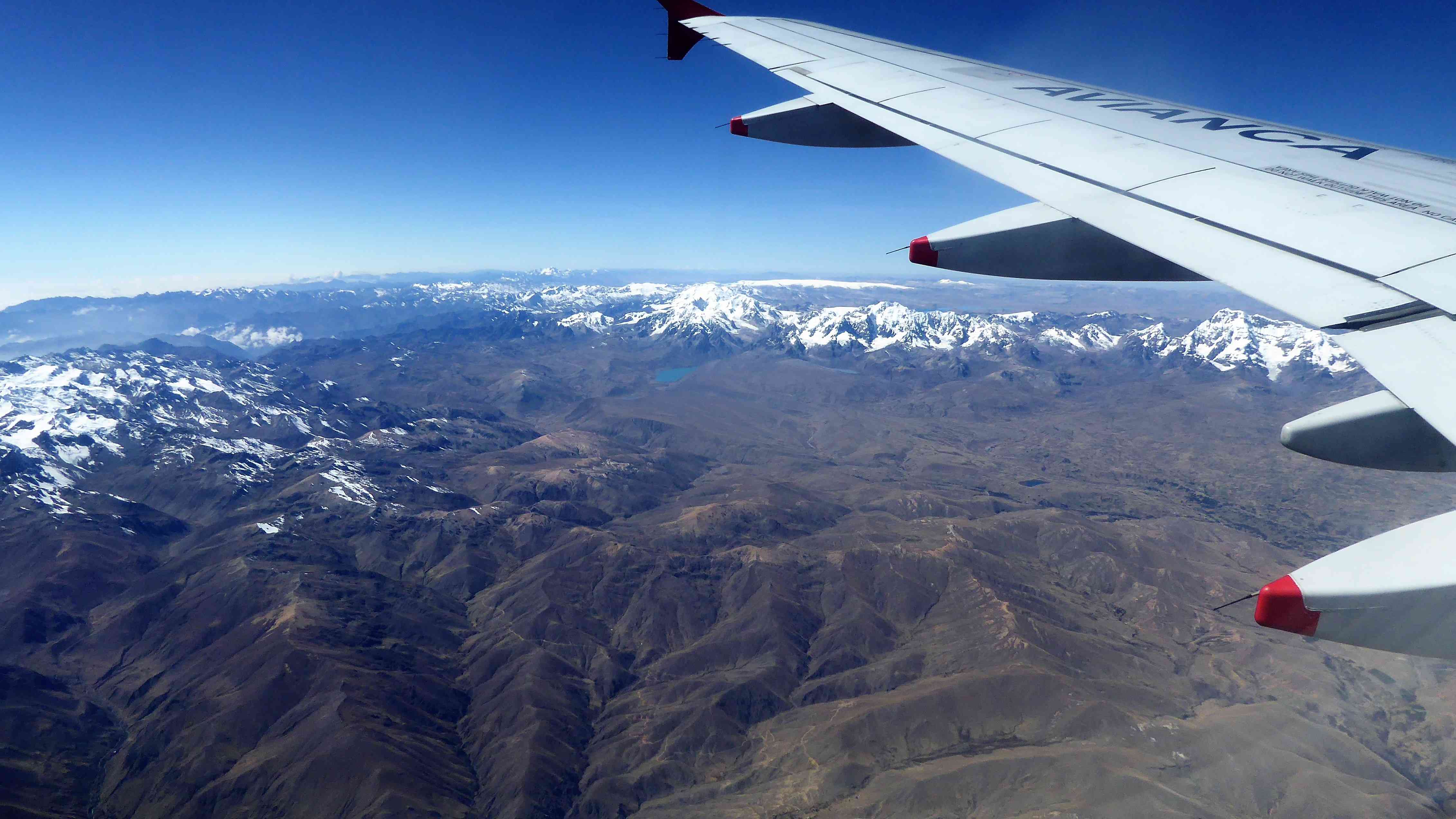
Why is a Peru post on my Colombia site? Because direct and/or budget flights from Colombia to the Inca heartland. Particularly for anyone based in Bogotá – already partly acclimatised to the Andean highlands – a 2.5 hours direct flight (Avianca) from the Colombian capital to Incan city of Cuzco (or Cusco) brings the wonders of the Sacred Valley – Machu Picchu and a host of other amazing sites.
In this post I’ll focus on Machu Picchu, the pinnacle of Incan sacred architecture and an unmissable world wonder which every traveller to Latin America should visit. So let’s get it out of the way.
See also my other Plan Peru posts about the Choquequiroa Trek, and Ollantaytambo and the Sacred Valley
Location, location, location…
I first set eyes on Machu Picchu in 1994, and the ruins then where empty: a murderous guerrilla group the Sendero Luminoso was conveniently keeping tourists away from Peru. In the 30 years since I’ve returned at least a dozen times, at least 10 of those walking the four-day Inca Trail, most recently finding the Inca site swamped by mass tourists shuffling like sheep around the amazing stonework while being spoonfed utter rubbish by local guides.
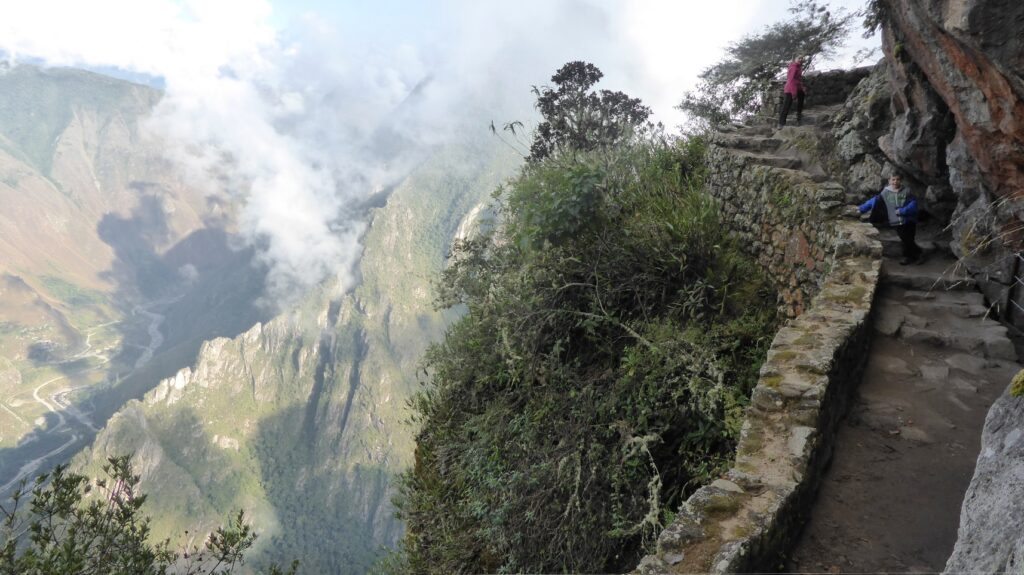
But don’t be put off. With good reason Machu Picchu is a wonder of the world, a sumptuous royal retreat with religious, ceremonial, astronomical and agricultural centres. it’s magic is not just what it is, but where it is: perched 2,500 meters (or 8,000 feet) up a jungle ridge, ringed by the snowcapped Vilcabamba range, overlooking green deep canyons with rushing rivers below. I mean, the sheer audicity of anyone to build anything in such a remote and lofty site is beyond belief, but for the Incas to have built such a grand settlement overcoming such geographical challenges is testimony to a culture whose sacred architecture combined engineering genius with deep spiritual bonds to nature and Pachamama, mother earth. Go see it.
Getting to Machu Picchu?
Machu Picchu is half a day travel (210 kms) from Cuzco, or longer if you take the budget routes (see below). You can spend a fortune for a luxury tour with swanky trains and hotels, or get there on a budget by local bus, hostels and walking a few hours and getting dusty and sweaty. Or you can hike the classic ‘Inca Trail’, obligatory with a trekking group (4 days), or hike solo (with a heavy pack) on the Salkantay (5 days) or even longer treks (up to 9 days) to get there.
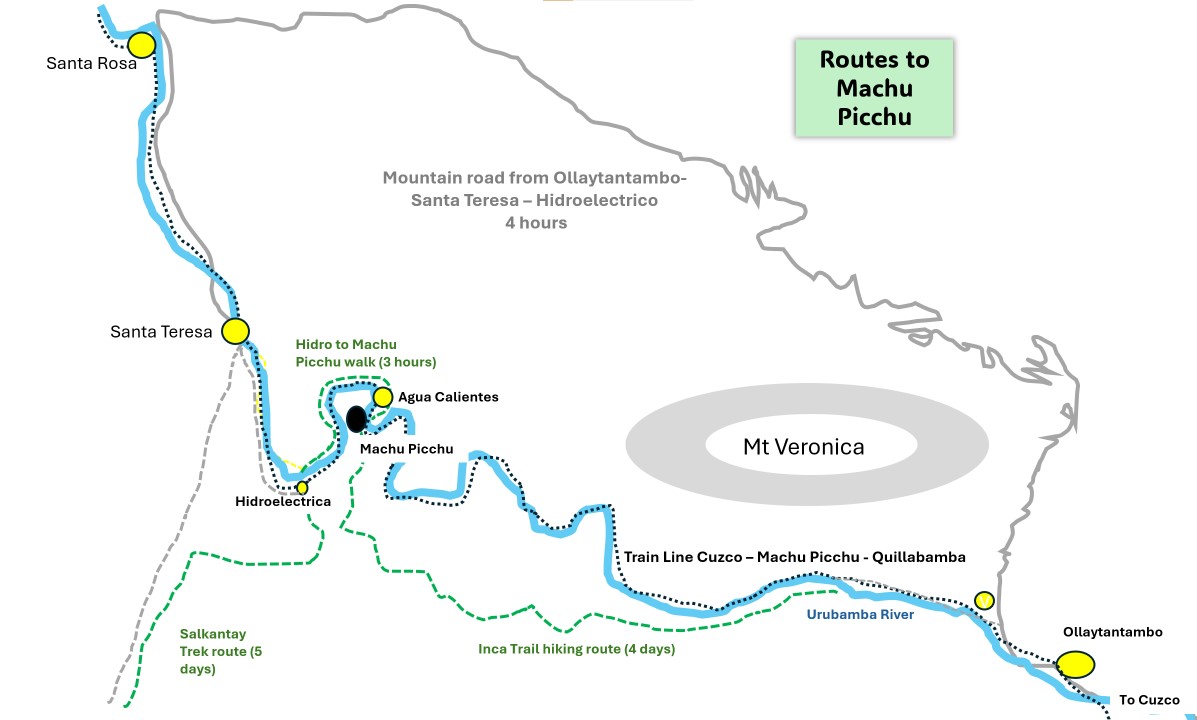
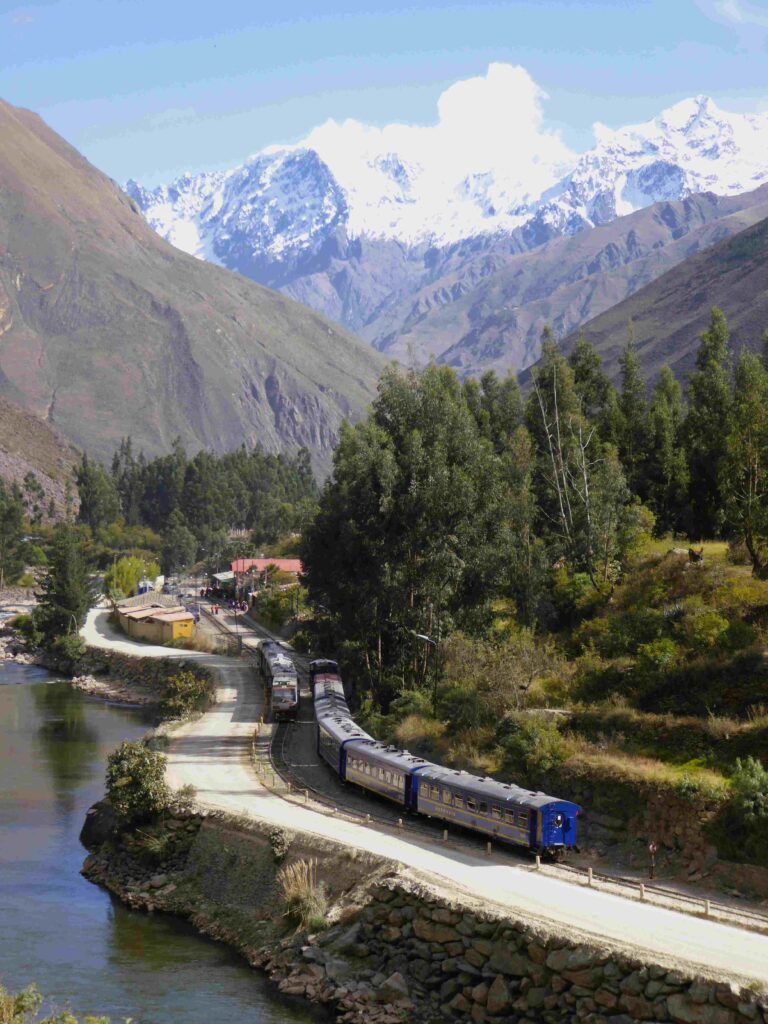
Machu Picchu is close to the town of Aguas Calientes, only accessible by rail or walking. The town has hotels, hostels and restaurants. You can walk (60 minutes steep uphill) or take a minibus from the town to the ruins at a rip-off US$30.
Top end visitors take the tourist train to Machu Picchu from Cuzco (4 hours) or Ollantaytambo (1.5 hours). Note foreigners are banned from the local train, so must pay much higher fees for the Perurail tourist train. (You may get a discount if you show a Colombian Cedula de Extranjeria, as CAN residents get lower prices). Ollantaytambo is an easy 1.5 hours by bus on fast road from Cuzco, and a town worth visiting, so many people chose to bus there and overnight in the town before getting to the train to MP. You book everything at your travel agent, or pay less with last-minute deals in Cuzco at numerous agencies, or Perurail offices.
Hikers can walk the Inca Trail (4 days, must be done with trekking agency) or the Salkantay Trek (can be done solo) or other routes. Costs can be up to US$800 for the Inca Trail, but you might get a cheaper last-minute trek booked in Cuzco.

Budget travellers take local buses from Cuzco to Ollantaytambo (1.5 hours) and then over the high mountains to Santa Teresa (at least 4 hours) then a minibus or shared car (colectivo) to the Hidroelectrica (old hydroelectric dam) 0.5 hours, from where it on foot for a 2.5 hour walk (10kms) on a track along the railway line to Aguas Calientes (plus the 1 hour walk up the hill to the ruins). The bus trip passes through stunning scenery and views of Mt Veronica over the Malaga Pass. You can overnight in cheap hotels in Santa Teresa, a friendly town with some good restaurants. Many local tour companies in Cuzco can organise the whole trip, or you can organize your own transport on public transport for around US$15.

Getting a ticket to Machu Picchu…
There is a daily limit of 5,000 visitors to Machu Picchu (2024). You can book in advance via the official government website here which currently redirects you to a private ticket agency, Tuboleta, here. Or you can rock up in Agua Calientes and try your luck to buy a ticket at short notice from the Centro Cultural Machupicchu, they give out 1,000 tickets usually for the following day, you will have to queue in line. Foreign visitor adult entry prices in 2024 were around US$50 per person. Note though that residents of CAN countries (Colombia, Bolivia, Peru, Ecuador) pay 50% less so you should get a discount if you present a Colombian Cedula de Extranjeria. High season is generally June and July, shoulder season is May and August , September, October and low season (also more rain) in November to March.
Circuits and Routes.
To complicate life more, in 2024 the Peruvian authorities brought in a confusing system of Circuits and Routes, which you select when buying your ticket. Gone are the days of wandering through the ruins and wandering up Wayna Picchu or off to the amazing Inca Bridge. Naturally, the ‘best’ routes book out earlier, cost more, and are less likely to be available at short notice in Aguas Calientes. In 2024, the Tuboleta page (where you buy tickets in advance) has a drop down menu with descriptions and maps (in PDF) of each circuit, and Lonely Planet here and AB Expeditions here; you can google ‘Machu Picchu circuits’ for more latest info.

Most experts recommend Circuit 2-A ‘Ruta Diseñada’ as the classic route, but it needs pre-booking some month ahead. Personally I would opt for the Inca Bridge visit (Route 1-D) or Montaña Wayna Picchu (Ruta 3-A) if you get limited short-term options. I suspect the ‘Circuit’ system will prove unpopular with visitors (numbers were down in 2024, according to local I talked to) and will hopefully be scrapped.

General Advice for Machu Picchu.
- To make the most, prepare to spend at least one night in Aguas Calientes (there are a few cheap places for under US$30/p/night).
- The Inca site is itself is all up and down, so get fit and acclimatize (a few days in Cuzco helps) before the visit.
- Build up to MP with prior visit to much more relaxed Inca ruins in Pisac, Ollantaytambo and Cuzco itself (Sacsayhuaman) and other sites in the Sacred Valley.
- Spend two or three days chilling in Ollantaytambo and nearby villages before visiting MP. This is a living Inca town with Quechua people who are the descendents of the same folk who built Machu Picchu.
- Save US$30 by walking up to the ruins from Aguas Calientes, it’s a steep path and hot so take water and a hat.
- Inside the ruins, don’t take a guide, they are usually talking rubbish, but read up before hand (links below) and immerse yourself in Inca history. Then wander and wonder at your leisure.
- Take sun hat, raincoat, small backpack, lots of water, bug repellent (DEET) and a good camera.
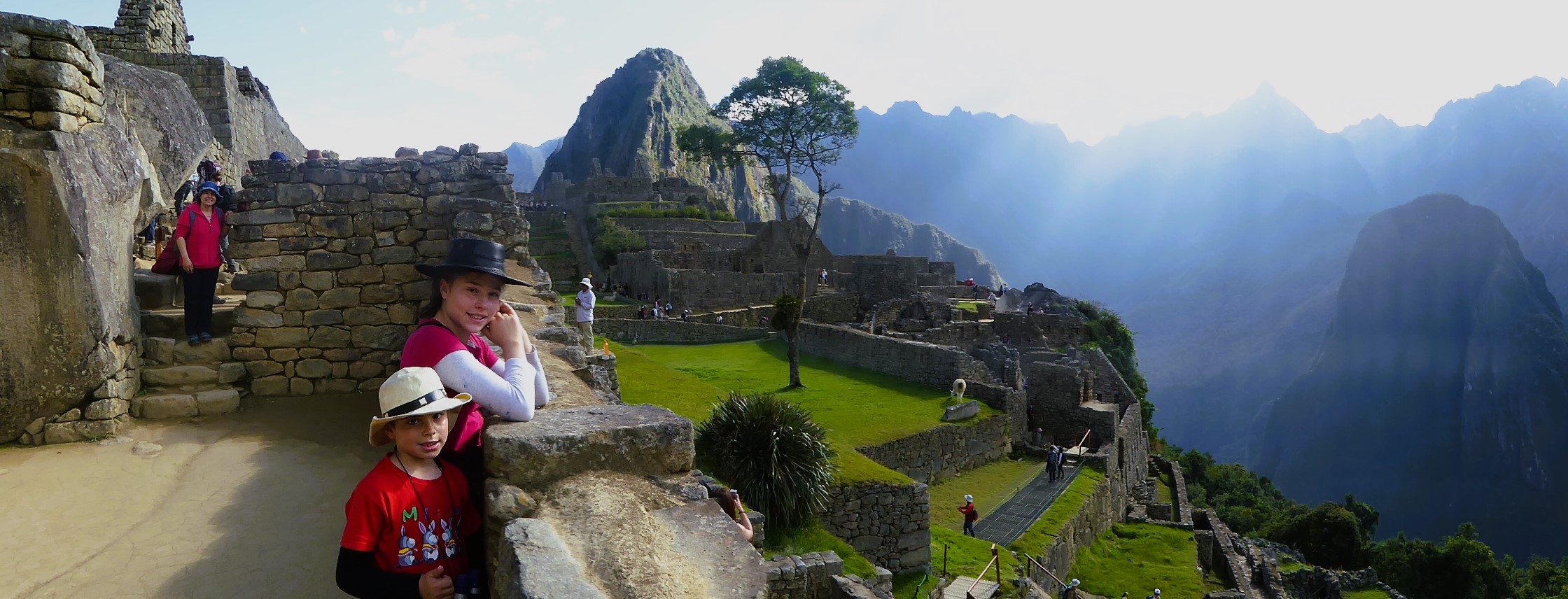
Sources of Info on Machu Picchu
- To get a deep understanding read John Hemming’s Conquest of the Incas, Hugh Thomson’s The White Rock, and Johan Reinhard’s Machu Picchu: Exploring an Ancient Sacred Center.
- Visit the small (and hardly visited) interpretation museum Museo Manuel Chávez Ballón close to Aguas Calientes.
- Some other fascinating insights into Machu Picchu here from Nat Geog, Sapiens, Yale-Peabody , DocumentaryArea, Discovery.…there are many more.

